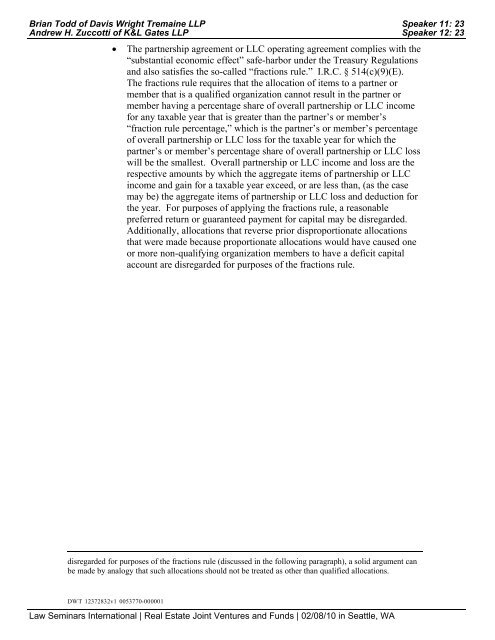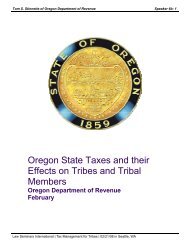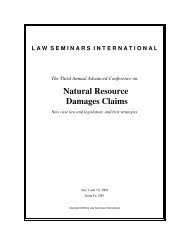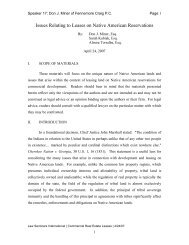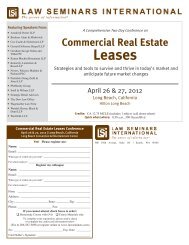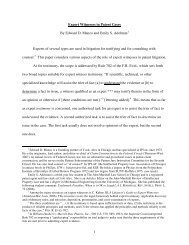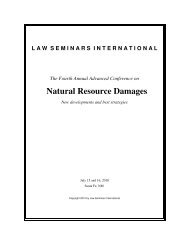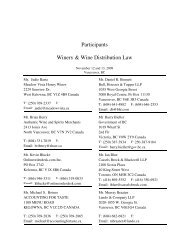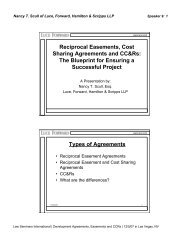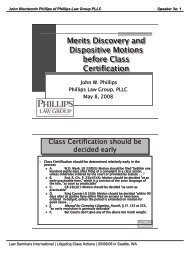LSI 2010 Real Estate Joint Ventures conference materials.pdf
LSI 2010 Real Estate Joint Ventures conference materials.pdf
LSI 2010 Real Estate Joint Ventures conference materials.pdf
Create successful ePaper yourself
Turn your PDF publications into a flip-book with our unique Google optimized e-Paper software.
Brian Todd of Davis Wright Tremaine LLP<br />
Andrew H. Zuccotti of K&L Gates LLP<br />
• The partnership agreement or LLC operating agreement complies with the<br />
“substantial economic effect” safe-harbor under the Treasury Regulations<br />
and also satisfies the so-called “fractions rule.” I.R.C. § 514(c)(9)(E).<br />
The fractions rule requires that the allocation of items to a partner or<br />
member that is a qualified organization cannot result in the partner or<br />
member having a percentage share of overall partnership or LLC income<br />
for any taxable year that is greater than the partner’s or member’s<br />
“fraction rule percentage,” which is the partner’s or member’s percentage<br />
of overall partnership or LLC loss for the taxable year for which the<br />
partner’s or member’s percentage share of overall partnership or LLC loss<br />
will be the smallest. Overall partnership or LLC income and loss are the<br />
respective amounts by which the aggregate items of partnership or LLC<br />
income and gain for a taxable year exceed, or are less than, (as the case<br />
may be) the aggregate items of partnership or LLC loss and deduction for<br />
the year. For purposes of applying the fractions rule, a reasonable<br />
preferred return or guaranteed payment for capital may be disregarded.<br />
Additionally, allocations that reverse prior disproportionate allocations<br />
that were made because proportionate allocations would have caused one<br />
or more non-qualifying organization members to have a deficit capital<br />
account are disregarded for purposes of the fractions rule.<br />
Speaker 11: 23<br />
Speaker 12: 23<br />
disregarded for purposes of the fractions rule (discussed in the following paragraph), a solid argument can<br />
be made by analogy that such allocations should not be treated as other than qualified allocations.<br />
DWT 12372832v1 0053770-000001<br />
Law Seminars International | <strong>Real</strong> <strong>Estate</strong> <strong>Joint</strong> <strong>Ventures</strong> and Funds | 02/08/10 in Seattle, WA


